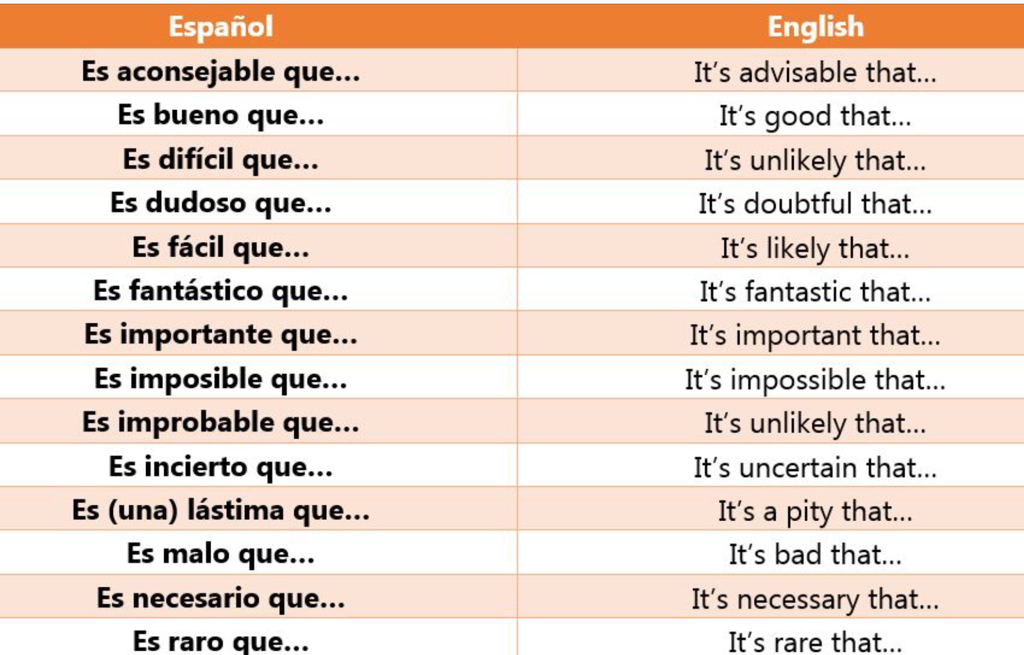
So it tends to be preterite that is used for “one-time” actions, or “consistent” actions (a verb done many times, but all completed). Preterite is sometimes considered “the simple past”, because it refers to completed actions happening in the past.Īctions are completed, whether it was once, or whether it was many times, they are actions that have been done definitely. Preterite is the first half of the Spanish past, and is much easier to understand than its counterpart, the imperfect. *Note: Present tense also includes the present tense application of ir + a + infinitivo which is the precursor to the actual future tense. A Quick Guide to Using gustar - by lavidapoliglota.

Other special functions of the present tense include soon to be carried out actions, and sometimes carrying the meaning of what will be discussed in progressive/gerund which is “to be doing something”. Whether it’s hunger, or what nationality someone is, or what color an apple is, basic present tense is very simple and easily understood.Ĭontinuous present: Talks about actions that regularly happen or for the most part don’t change. The present tense in Spanish has a few applications including basic and continuous present.īasic present: describes things and people and what people are feeling in a particular moment of the present tense. Luckily, it’s pretty simple, just like in English.

The present tense is the first foray into Spanish that anyone has.

Note 3: This post talks about Spanish tenses and moods, not other Spanish grammar. Note 2: Some of the links are the same but in different sections if they apply to different tenses. Note 1: This is going to be probably repeatedly updated, with more and and more sources as I find them, or create them myself. This will serve as an overview of the various grammatical tenses and moods in Spanish, and some extra links and lessons on them, many from questions I’ve answered or from StudySpanish’s grammar section, or extra things from other people (all credit the respective creators). This masterpost is designed to help those who are trying to learn Spanish better navigate a particular tense. In Spanish, the various tenses are known as los tiempos and can be divided into three basic categories: the indicative, the subjunctive, and the commands.


 0 kommentar(er)
0 kommentar(er)
